The isokinetic dynamometer equipment allows evaluation of your strength, endurance, power and range of motion of all major joints and muscles.
These highly detailed results can then be used to determine the specific areas/deficiencies that need improvement.
The equipment is frequently used to compare the strength of a limb post-injury in comparison with the non-injured side. This allows us a detailed analysis of how rehabilitation is progressing. A common example is the assessment of a knee after anterior cruciate ligament reconstruction, and provides valuable information used to guide a safe return to sport/work. However, the equipment can also be used to identify any difference between muscle groups or sides of the body. Identifying differences in strength can help prevent any soft tissue injuries, as majority of all soft tissue injuries occur due to an imbalance in strength.
If you’ve had an injury, surgery or are suffering from a long-term problem, you may benefit from an isokinetic test. The test allows for:
- Safe loading through the joint range.
- Isolated measurement of muscle strength.
- Comparing results between sessions.
- Identifying issues before an injury occurs or reoccurs.
- Using data to plan a rehabilitation programme.
- Comparison with the opposite unaffected limb.
Who is the test for?
This test is typically aimed at individuals who are trying to recover from an injury and want to safely test muscular strength whilst isolating a joint. Or an individual who is trying to prevent an injury occurring by testing the strength of agonist and antagonist muscles. As majority of all soft tissue injuries occur due to an imbalance in strength.
What is involved?
Using a large machine, consisting of a computer and a dynamometer, the joint is tested in an appropriate position with the dynamometer attached to the limb. As you push against the dynamometer it will provide resistance to maintain a set speed. This is recorded by the computer with the results shown as a graph. The results are used by a physiotherapist to prescribe a tailored treatment programme.
Testing protocols can be tailored to suit your needs so if you have any specific requests, please contact us prior to booking.
What should I wear?
It is recommended that you wear your normal training kit:
- Shorts
- training top
- Running trainers
Shower facilities will be available for your comfort after the session.
How should I prepare for the test?
It is recommended that you do not take part in heavy exercise 72 hours prior to the date of your test. You are also advised to have a high carbohydrate meal the day before the test and to avoid alcoholic beverages.
How long is a session?
We allow one hour for the testing session which provides enough time to discuss the results with you after the test.
When can I book?
Availability for this facility is dependent on teaching commitments, with different time slots offered on different days Monday through to Saturday. To enquire about availability, please contact us at sport.science@solent.ac.uk.
How much does it cost?
- £80
- Group bookings: POA





